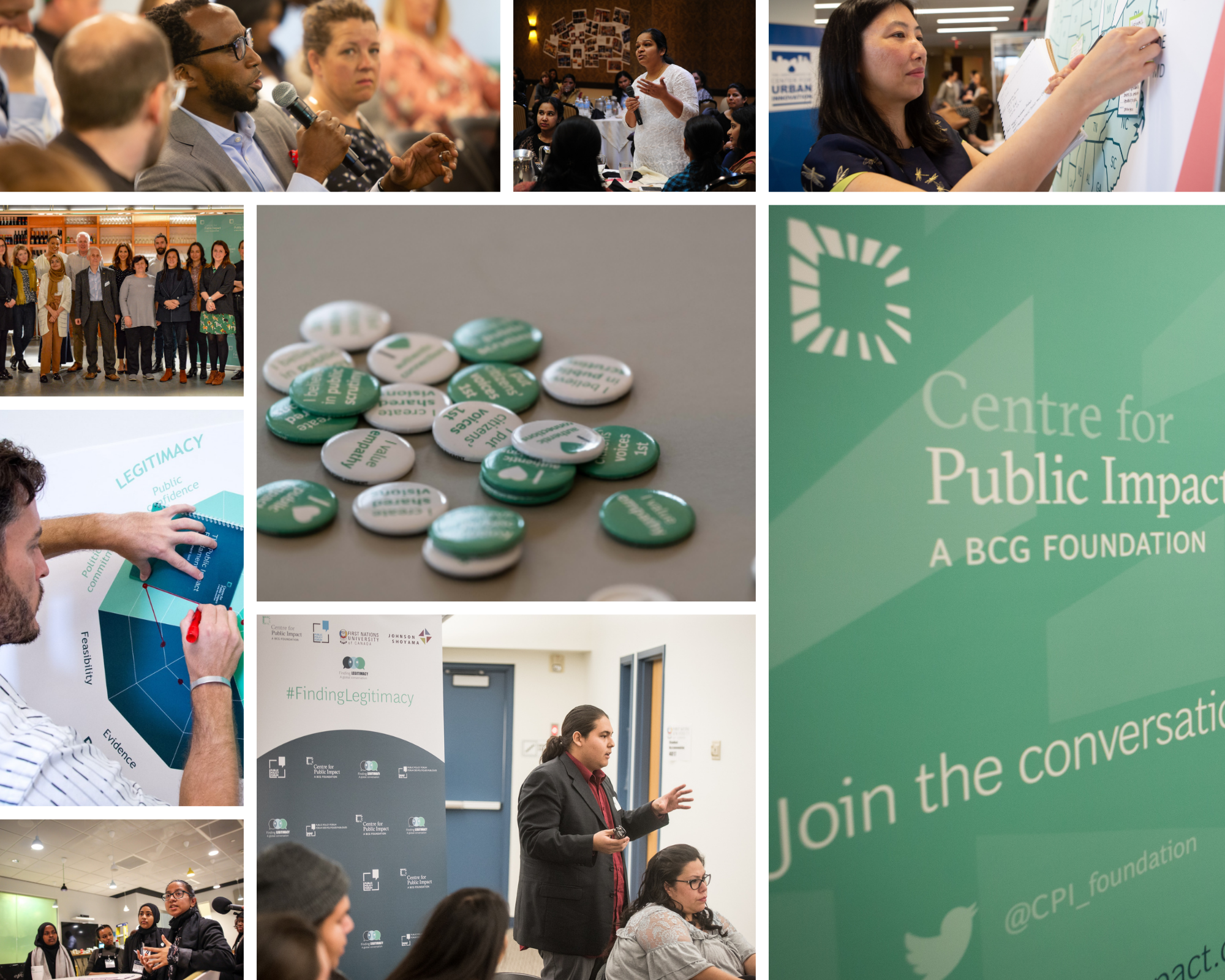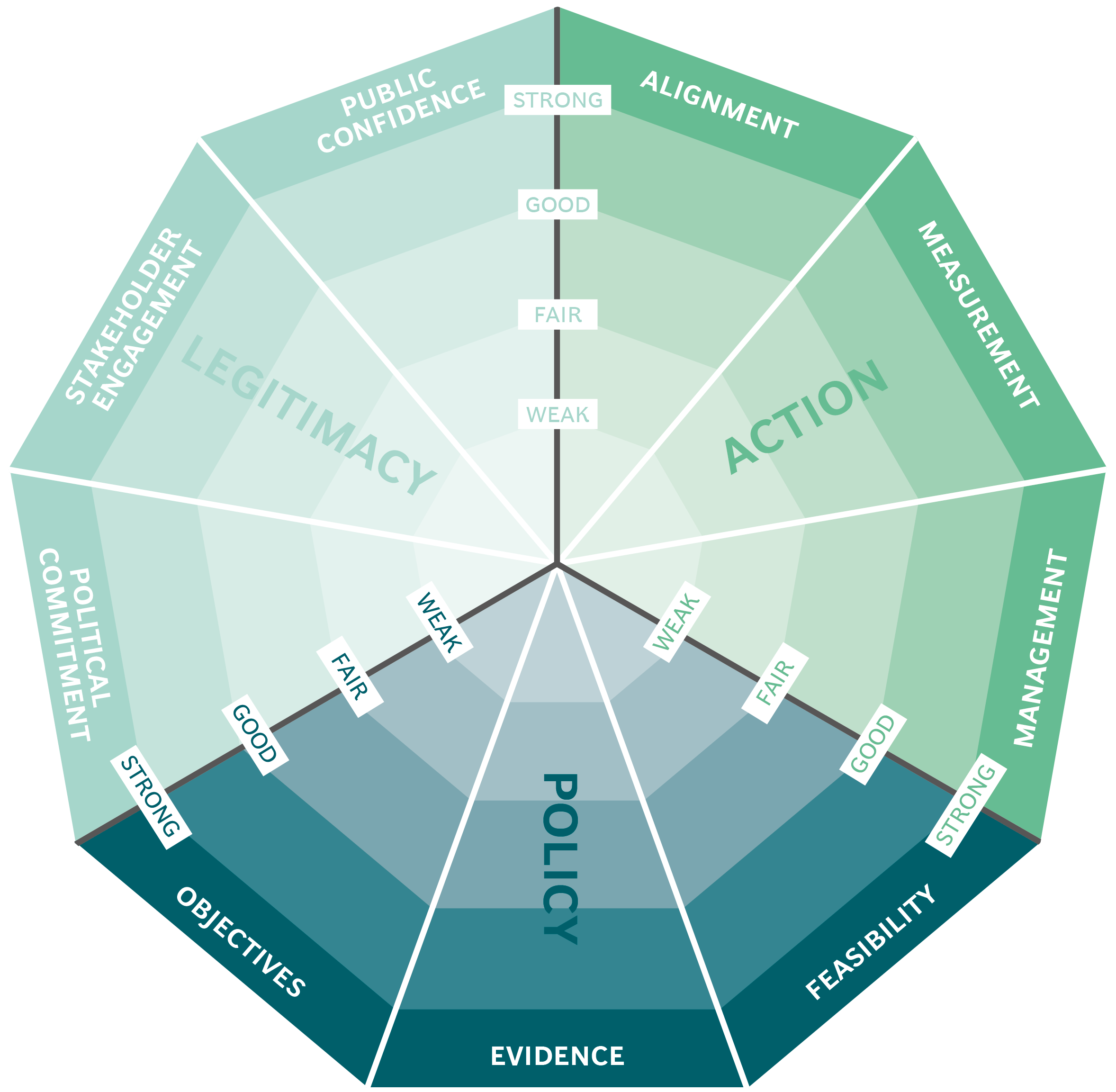
National portal for government services and Information: gob.mx
In order to develop its digital economy and create a more open, transparent and collaborative administration, the Mexican government is developing gob.mx, a one-stop information portal. Beta testing was completed in 2015 and now the scene is set for gob.mx to be used in earnest by citizens throughout the country.
The initiative
The initiative that the Mexican government has developed is the National Digital Strategy [Estrategia Digital Nacional] (EDN), which has as one of its main goals the development of a government national one-stop portal, gob.mx.
There are a number of principles underpinning the strategy, of which the first two establish the broad objectives:
“Ensure greater transparency, openness and inclusiveness of government processes and operations." [2]
“Encourage engagement and participation of public, private and civil society stakeholders in policymaking and public service design and delivery.”
gob.mx “is an initiative led by the Coordination of National Digital Strategy at the President's Office and the Digital Government Unit of the Ministry of Public Administration, in collaboration with all the Federal Agencies in order to provide citizens with an integrated modern government that is close to the people”. [3]
This closeness is embodied by giving citizens “quick, easy access to the Federal government services most frequently requested by citizens, and to all the information they need to perform them. They are able to download forms, make appointments, send in applications and make payments online, all in a single point”. [4]
An alpha test version of gob.mx was launched in 2014 and a beta test version the following year. The development of the portal is viewed as a process of continuous improvement, using an agile methodology.
The challenge
Mexico has recognised access to the internet as a fundamental right of its citizens and wants to encourage the transparency of its public administration through an open data policy. This may provide a means of addressing one of the country’s major political challenges – its high levels of corruption. Mexico stands at 95th in Transparency International’s global Corruption Perceptions Index, behind Indonesia, once notorious for its own corruption problems. [1] To achieve such a digital transformation, leading to universal inclusion and open government, will be no mean feat.
The public impact
It is too early to assess the full impact of gob.mx. There are already some benefits to users of the portal, though:
They do not have to look for public information in a large number of government sites (more than 5,000) as before, or in outdated sites on platforms with a poor user experience.
They are able to find out about all the functions, actions and programmes on which the government agencies and state enterprises have been working.
Completing procedures online enables citizens to avoid intermediaries and, therefore, any attempt at corruption by either public officials or external agents.
Stakeholder engagement
The internal stakeholders - the leading ministry and other federal agencies -are collaborating in their efforts to establish the initiative successfully. It is led by the Digital Government Unit in the Ministry of Public Administration, reporting to the President's Office and pulling together the data from all government agencies. Another important stakeholder is the Federal Commission for Regulatory Improvement (COFEMER), which is working to simplify government services.
The innovative elements of the technology require coordination with the Government Digital Innovation Lab, an initiative approved under the Interministerial Commission for the Development of e-Government (CIDGE).
Its external stakeholders include:
Civil society (as well as being users of the portal, citizens are consulted on its development).
The private sector, academics and research bodies.
Autonomous organisms, for example, the Instituto Nacional de Transparencia, Acceso a la Información y Protección de Datos Personales (INAI), which is concerned in particular with the openness and transparency of the data. [5]
Political commitment
The commitment was enshrined in law by an executive order of 3 February 2015, and the Mexican government “has established management mechanisms to follow-up the fulfilment of the objectives of the National Digital Strategy, and in this case, specifically on the digitization of government services.” [6]
As stated in ‘External stakeholders' above, gob.mx is an initiative led by the Digital Government Unit of the Ministry of Public Administration and the Coordination of National Digital Strategy at the President's Office, which ensures a good level of commitment.
Public confidence
That Mexico’s current position (95th) in the Transparency International corruption is even worse than its 2007 position (72nd) provides objective evidence to justify Mexican citizens’ distrust of national institutions. An analysis of Mexico’s political environment from 2010 asserted that: “perceptions of corruption continue to have a profoundly negative impact on trust in political institutions, whereas the experience of corruption and its perception still lowers the public’s trust in its national institutions”. [7]
Clarity of objectives
There are a number of clear objectives stated in the EDN, of which gob.mx is an important component.
The strategy sets out the challenges Mexico faces in the digital context: the transformation of government, education and healthcare; civic innovation and participation; transformation; and creating a digital economy. It then lists the measures that it seeks to achieve, for example:
Access to the internet as a fundamental right, as part of universal digital inclusion.
The specific goal of connecting 70% of households and 85% of micro-enterprises, and small and medium-sized enterprises nationwide to the internet.
Promoting the deployment of a nationwide telecommunications infrastructure.
Strength of evidence
The evaluation process during the implementation phase in 2014 included an analysis of international statistics and indicators that allows to measure performance with countries, for examples: the UN e-Government Survey, the OECD's, ‘Government at a Glance', and the World Economic Forum's ‘Global Information Technology Report'.
During the Alpha testing phase, the implementation team were able to communicate the message to the Mexican people that the government fully intended to encourage citizen participation in gob.mx.
Based on the pilot phases, the government implemented its digital plan for 2015-2018.
Management
The Mexican government established management mechanisms to follow up the fulfilment of the objectives of the EDN, including gob.mx. All projects within the strategy use agile methods for design, testing and implementation, including the testing phases of 201415.
As with all policies within the EDN, there are “consultative mechanisms like open consultations, expert groups, advisory councils, among others. In this regard, every agency that participates in the development of projects in the framework of the strategy has designated an EDN Focal Point, people responsible for following-up the accomplishment of tasks and duties within the EDN”. [8]
Measurement
During the alpha and beta testing phases, progress was closely monitored and assessed. During the three-month period of alpha testing, participants helped to complete 5,244 online services and apply 636 surveys related to digital services. Digital service teams from each of the ministries participating in Phase 1 of gob.mx are reviewing progress, modifications and citizens´ feedback.
The overall aim defined in 2015 was for gob.mx/gobierno to access data from 80 agencies of the federal public administration each year until completion in 2018.
Alignment
The respective roles and responsibilities of government departments, federal agencies and citizens in the progress of gob.mx have been well defined and it appears to be moving towards successful implementation.
The initiative took advantage of citizen enthusiasm to invite them to be part of this transformation, with a particular emphasis on involving young Mexicans.
In summary “gob.mx rethinks the relationship between citizens and government”.

The Public Impact Fundamentals - A framework for successful policy
This case study has been assessed using the Public Impact Fundamentals, a simple framework and practical tool to help you assess your public policies and ensure the three fundamentals - Legitimacy, Policy and Action are embedded in them.
Learn more about the Fundamentals and how you can use them to access your own policies and initiatives.
You may also be interested in...


ChileAtiende – a multi-channel one-stop shop for public services

Urban agriculture in Havana

The eco-friendly façade of the Manuel Gea González Hospital tower in Mexico City

Primary education management in Madagascar
